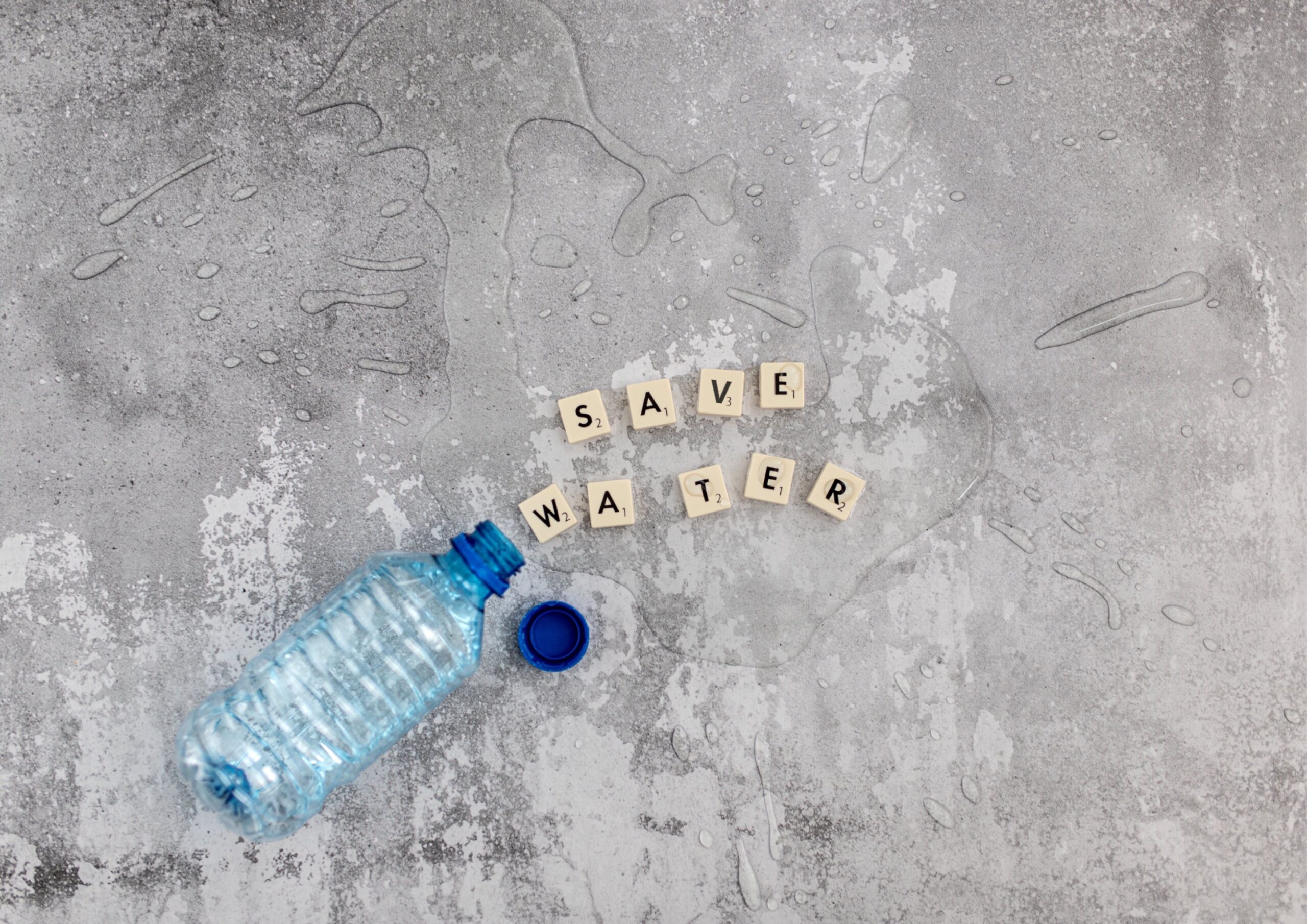By Michael Tobias
Did you know that by switching off the faucets while you brush your teeth or shave you are saving energy? Not your energy of course, but the energy supplied to your home or generated by you in your home.
This is why you can save water and, as a result, save energy too!
The concept is easier to grasp when we talk about hot water because, irrespective of whether electricity or gas is used for heating, the less hot water used, the less energy will be needed to heat it. Additionally, water companies use energy to purify water and to pump it to various facilities, as well as heat it when necessary. They also use energy to treat sewage. The implications of this are that part of our water and sewage bills are in fact energy bills – which is why saving water will reduce both water and energy costs.
But it goes even further than this. If you make a real effort to save water at home, you will also help to keep the environment clean and healthy by diverting less water from rivers, estuaries, and bays. Additionally, when energy demand is lowered, there is less air pollution.
It doesn’t matter where in the world you live, it isn’t only the dry, parched regions that need to be concerned about water conservation and water-efficient usage. Our population is growing in epic proportions and the demands on our precious water resources have been increasing radically.
Even if the dams and reservoirs in and around the town, city, or rural areas where you live are full, there are many opportunities for us all to use water in our homes more efficiently. And we can do this without reducing services.
The Government-backed ENERGY STAR, the U.S. Environmental Protection Agency (EPA) and the U.S. Department of Energy (DOE) program that promotes energy-efficiency, points out that high-efficiency appliances and plumbing fixtures can save around 30% of the water we use indoors. They can also result in substantial savings on energy, water, and sewer bills.
Keeping Track of Your Water Use
While WaterSense products, designed to meet EPA criteria, are a huge help for those managing multifamily properties and many types of commercial buildings, the best way to actually track water use is with the official ENERGY STAR Portfolio Manager tool.
Portfolio Manager tracks:
- Potable water supplied by municipalities for human consumption.
- Reclaimed water supplied by municipalities for irrigation and other uses.
- Well-water and water from various groundwater and natural freshwater sources.
- Water from other sources including rain and stormwater, sump pump water, and “reject water” from water purification systems.
Used in conjunction with the EPA’s WaterSense program is an ideal way to save water to save energy.
Ways to Save Water and Energy
There are many ways to save water and to save energy. Some are simple, depending almost entirely on human behavior while others rely on systems that an electrical, HVAC, or plumbing engineer or a company offering mechanical engineering services will be able to design.
For instance, not running water while we brush our teeth or shave and turning the water off while shampooing our hair can help to decrease the volume of water used. Similarly, scraping the food waste off our plates instead of rinsing them, and washing fruit and veg in a basin instead of under running water, and only washing full loads of laundry can all help save water.
Homes with high-efficiency appliances and plumbing fixtures can save around 30% of the water used as well as adding substantial savings to both sewer and energy bills. Some of the proven ways to do this are with:
- High-efficiency toilets that have low-flow mechanisms. Changing from an old pre-21st century toilet to a model that has been certified by WaterSense will save a family of four up to 16,000 gallons of water a year!
- Low-flow showerheads and faucet aerators that use at least 20% less water than old-fashioned models. Better still, they also perform better. ENERGY STAR estimates an average family will be able to save close to 3,500 gallons of water and 410 kilowatt-hours of electricity in a year this way.
- High-efficiency washing machines and dishwashers that can save more than 50% in water and energy use. The fact is that the less water used, the less energy will be used.
For instance, maximizing day-lighting by only using artificial lighting when there isn’t enough daylight also saves energy as does putting computer monitors into sleep mode when they aren’t being used. Energy-efficient heating and cooling is also hugely important, and another area where an engineering firm can give positive input.
All we really need to do is make a big effort – starting at home.
Michael Tobias is the founder and principal of Nearby Engineers and New York Engineers, an Inc 5000 Fastest Growing Company in America. He leads a team of more than 30 mechanical, electrical, plumbing, and fire protection engineers from the company headquarters in New York City, and has led numerous projects in New York, New Jersey, Chicago, Pennsylvania, Connecticut, Florida, Maryland, and California, as well as Singapore and Malaysia. He specializes in sustainable building technology and is a member of the U.S. Green Building Council.

